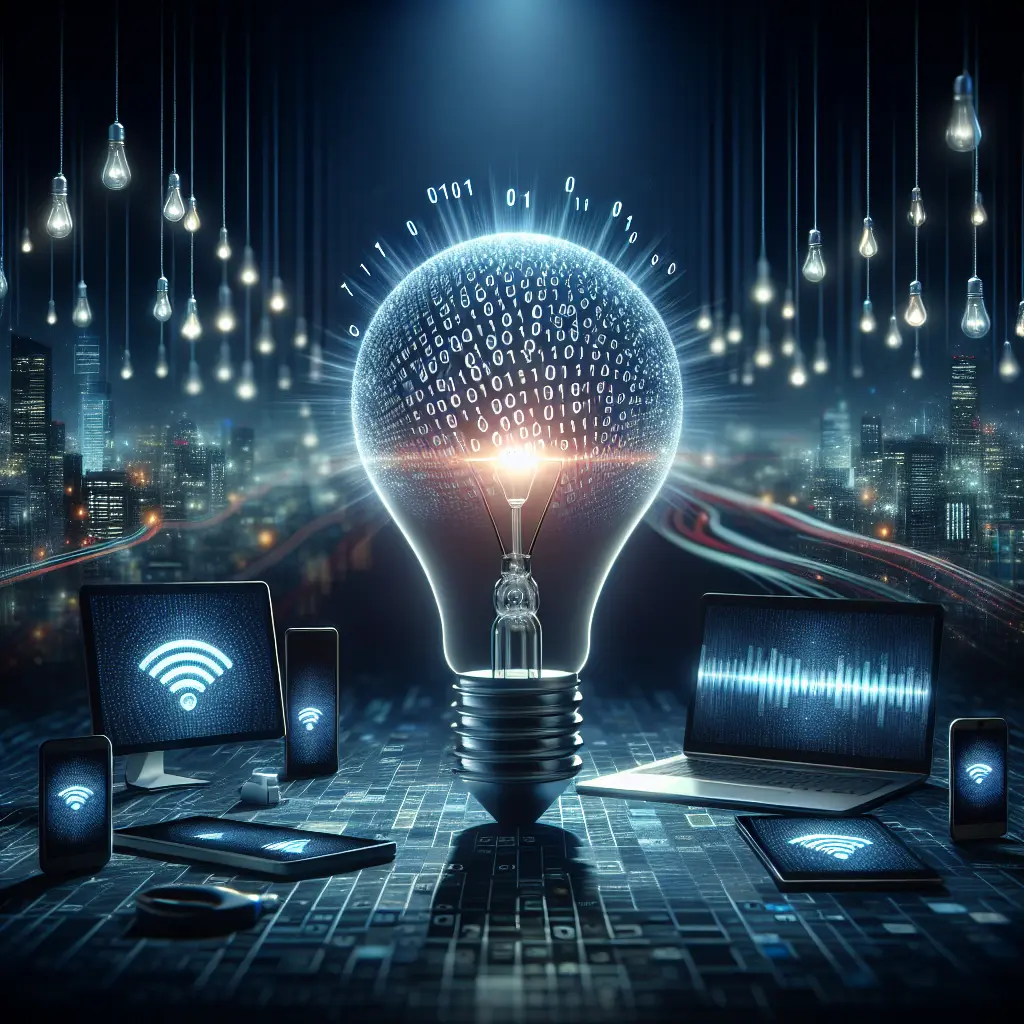
Discover the Future of Connectivity with Li-Fi: A Smart Home Revolution
In the rapidly evolving landscape of smart home technology, staying connected is more critical than ever. Imagine a world where your light bulbs do more than just illuminate your rooms—they connect you to the internet. This is not a scene from a futuristic movie but a potential reality with Li-Fi technology.
What is Li-Fi?
Li-Fi, short for Light Fidelity, is an innovative technology that transmits data using light waves instead of traditional radio frequencies like Wi-Fi. By simply turning on a light, you could connect to the internet, providing a new dimension of efficiency and integration in smart homes.
How Does Li-Fi Work?
- Light Transmission: Li-Fi uses LED light bulbs that modulate light signals, imperceptible to the human eye, to transmit data.
- High-Speed Connectivity: This method allows for ultra-fast data transfer speeds, potentially faster than what we currently experience with Wi-Fi.
- Line of Sight Requirement: Unlike Wi-Fi, Li-Fi requires a direct line of sight between the light source and the receiving device, offering unique security advantages by limiting unauthorized access.
Advantages of Li-Fi in Smart Homes
Increased Bandwidth: With the ever-increasing number of smart devices, Li-Fi can relieve congestion on traditional Wi-Fi networks by utilizing an entirely different spectrum.
Enhanced Security: Since light cannot penetrate walls, Li-Fi networks are more secure from external hacking attempts, providing peace of mind for homeowners.
Reduced Interference: In environments prone to interference from radio frequencies—such as hospitals or airplanes—Li-Fi offers a reliable alternative.
Energy Efficiency: Utilizing existing LED lighting infrastructure means that energy consumption can be optimized, potentially reducing costs for homeowners.
Potential Challenges
While the prospects of Li-Fi are exciting, certain challenges need addressing for widespread adoption:
Line of Sight Limitations: As Li-Fi requires direct visibility between the transmitter and receiver, obstacles could interrupt connectivity.
Initial Setup Costs: The technology is still in its nascent stages, which might mean higher initial investment for early adopters.
The Future of Li-Fi in Smart Homes
The integration of Li-Fi in smart homes is still developing but holds immense potential to revolutionize how we think about connectivity. As technology progresses, we can expect improvements that overcome current limitations and bring about seamless smart home ecosystems.
In conclusion, Li-Fi presents an exciting frontier for smart home connectivity, promising faster speeds and enhanced security. As we continue to explore and innovate, staying informed about such technologies is crucial for anyone looking to optimize their home environment. For more insights into this game-changing technology, visit the original article here.
Stay connected and light up your world with smarter solutions!
Warm regards,
Vivian Chase